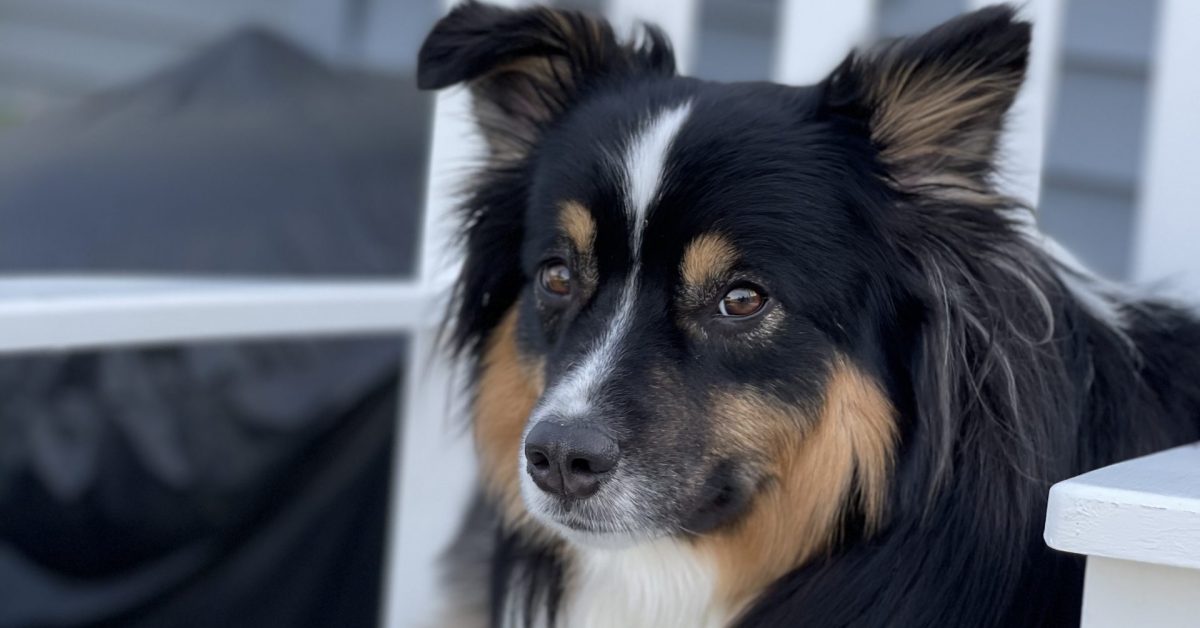
Ear Care For Your Dog
Cleaning your dog’s ears is an important part of grooming and hygiene for your pet to keep him happy and healthy. Ear cleanings help prevent infections and irritations and are especially important in breeds with floppy ears. But do all dogs need their ears cleaned? And how do you clean your dog’s ears, especially if he’s not fond of it?
Why Cleaning Your Dog’s Ears Is Important
Cleaning your dog’s ears keeps them clear of dirt, bacteria, and yeast that can cause an uncomfortable and smelly ear infection in your dog. These foreign materials can get trapped in the ear canal and cause irritation, making him scratch or shake his head continuously to try to dislodge it.
Do All Dogs Need Their Ears Cleaned?
The short answer is no. Not all dogs need to have their ears cleaned if they show no signs of needing them cleaned.
However, dogs with floppy ears like Goldendoodles, bloodhounds, and cocker spaniels need their ears cleaned frequently. A floppy ear prevents air from circulating into the ear canal, creating a dark, moist environment perfect for growing yeast and bacteria. With these types of dogs, it is imperative to keep their ears dry and cleaned out after water fun.
Some dogs that grow a lot of hair in their ears, like Goldendoodles, will also need the hair inside their ear removed to make the cleaning process effective. Excess hair in your dog’s ears can lead to further entrapment of bacteria, yeast, and moisture. Consult your veterinarian or local groomer to find out how to complete this process.
How Do I Know If My Dog’s Ears Need Cleaning?
To determine if your dog’s ears need cleaning, you want to first look in his ears.
A healthy ear will appear pink, odorless, and not dirty or inflamed.
If your dog is shaking his head, scratching, or you notice an odor coming from his ears (and trust me, you’ll know when you smell it!), he probably is ready for a cleaning. Before you start bringing out the cleaning solutions, though, be sure to look inside his ears to make sure they aren’t infected.
If they are red, inflamed, or painful, contact your veterinarian. This could mean an infection is present and requires medication to treat it. In these cases, cleaning could make the infection worse.
It is important to note also that overcleaning your dog’s ears can cause them to dry out and become irritated, which can also lead to infection.
Cleaning Your Dog’s Ears
Here’s what you’ll need to start the cleaning process:
- Cotton balls or gauze
- Ear cleaning solution (check with your vet for a prescription or over the counter recommendation)
Sit on the floor with your dog, preferably in a confined area, so that he can’t escape.
Squeeze your veterinarian’s recommended amount of cleaning solution into your dog’s ear and massage the ear at its base for about 20-30 seconds.
Let your dog shake his head after you massage his ear. Stand back or have a towel ready to shield any flying solution or debris from the ear.
Take the cotton ball or gauze and gently wipe out the ear canal. Do not go deeper than a knuckle deep into the ear canal. You may have to do this 1 or 2 times to get all the ‘gunk’ out.
Training Your Dog To Be Comfortable With The Ear Cleaning Process
To start, we recommend having a strong foundation of “place” or “sit” commands to get your dog to the area you need him to be in for cleaning to occur.
We then recommend familiarizing your dog with the touching of his ears. During training sessions with your dog, touch his ears and massage them just as you would when cleaning them. Be sure to offer rewards for displaying the behavior you want.
You can even practice familiarizing him with the sight and smell of the items you’ll need to clean his ears. This can help prevent him from instantly fleeing the scene the second the cotton balls or cleaner comes into view or smelling distance. Again, reward him for maintaining his “place” or another command while these items are present.
Practice using a cotton ball in his ear without the solution to familiarize him with the feeling. This way, he’s used to it when it comes time for the real thing.
Remember to stay calm and assertive during these training sessions and when it comes time for the actual cleaning process. Definitely provide lots of praise and rewards for demonstrating desired behavior during the cleaning process.
If your dog becomes aggressive during cleaning, stop the process and consult a veterinarian or a professional trainer for help. Do not attempt to continue the process if your dog becomes anxious or aggressive, as this could lead to a bite or other accident.
If you’d like to learn more about training your dog for grooming tasks, please contact us to learn more about which of our services will best accommodate your needs.
